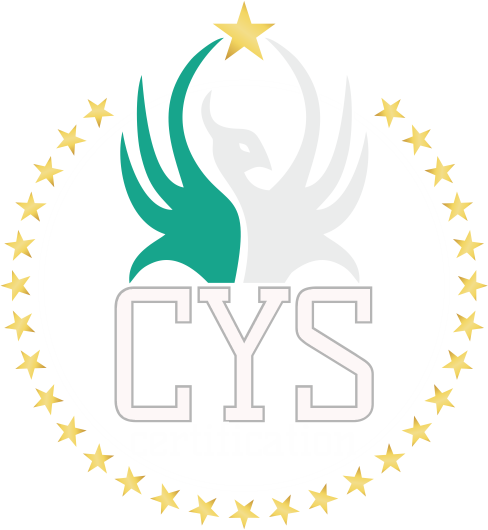What is Product Certification?
The CE mark is a mark applied by the European Union in 1985 within the framework of the New Approach. This sign is marked on the products in order to ensure the free movement of goods in the market. CE mark is a health and safety mark and this mark shows the safety and health conditions of products in free circulation. It has been determined as a uniform mark indicating the conformity of the products instead of the use of various other conformity marks in the EU directives. It shows that the products for which the CE mark is used are not harmful to human, animal and environmental health, and that they are healthy and safe. These safety and health conditions are also determined in the EU new approach directives. Within the scope of the New Approach directives, there are up to twenty-five coverages. In order for a product to circulate freely in the market, it must be within the scope of one or more of these directives, and thus it can receive the CE mark. Free movement of a product in the EU market is not possible without being in line with these scopes and without CE marking. The CE mark is also not a quality mark. It shows that the product used on the sign meets the conditions within the scope of the relevant regulation. In this way, the product can be in free circulation in EU member countries. The CE mark is formed by the combination of the letters C and E, and the shape of the mark used on the products has certain proportions. If the sign is to be enlarged or reduced, this process should be applied in accordance with the determined ratios.
Products Requiring CE Marking
Products that are determined within the scope of EU directives must have the CE mark. All new products manufactured in EU member states or third countries must also bear the CE mark. Again, new or second-hand products imported from these third countries are required to bear the CE mark. It is obligatory to bear the CE mark for the products that are included in the requirements of the directive as if they are new products and that are subject to this article and that have undergone significant changes.
CE Marking Procedures
The marking process first starts with the determination of the directive related to the product. Harmonized standards, if any, are determined. The module or combination of modules is chosen and it should be determined whether an accredited institution is required. Immediately after the conformity assessment, the declaration of conformity and other documents, if necessary, should be prepared with this declaration. A technical file is prepared for the product and this file is kept. After these processes, the CE mark is placed on the product or its packaging and the document next to the product, and the product is put on the market and put into free circulation. If a situation that does not comply with the directives is detected, the manufacturer or other economic operators and representatives must ensure that the product complies with the provisions related to the CE conformity marking, or it must be made suitable to provide the relevant provisions and correct or terminate the existing directive violation. In the process where the nonconformity continues, the ministry may restrict the supply and free movement of the relevant product to the market in line with the authorities granted within the framework of the laws, and take all measures regarding its prohibition or withdrawal from the market.
New Approach and Modular System Determining CE Marking
The New Approach sets directives for the quality and healthy use of products by the EU. The directives set within the framework of the New Approach do not contain much technical detail. It determines the general rules that must be complied with within the framework of the goods groups of the goods produced in line with this. It ensures that products that comply with these basic requirements are in free circulation. The directives prepared within the framework of the New Approach are not prepared according to the products, but according to the usage areas and purposes of the products. In this way, products with similar functions can be grouped together. In this way, these products, which are in groups, are determined with a single directive, the minimum safety and health conditions required for more than one product. A modular understanding has been implemented in the CE marking system since 1990. The main purpose in the use of this modular approach is determined within the framework of considering the conformity assessment and determination methods, various features of the products and the risk ratios they carry. Among the areas where the Modular Approach is used, there is a case where only a name change has been made in the Construction Materials Regulation. In line with this regulation, instead of a modular approach, a system designated as the Evaluation and Verification of Constancy of Performance system is used. Accordingly, a Performance Constancy Certificate is required for product certification from a notified body. The declaration of performance of the basic requirements for building materials is specified by the manufacturer.
